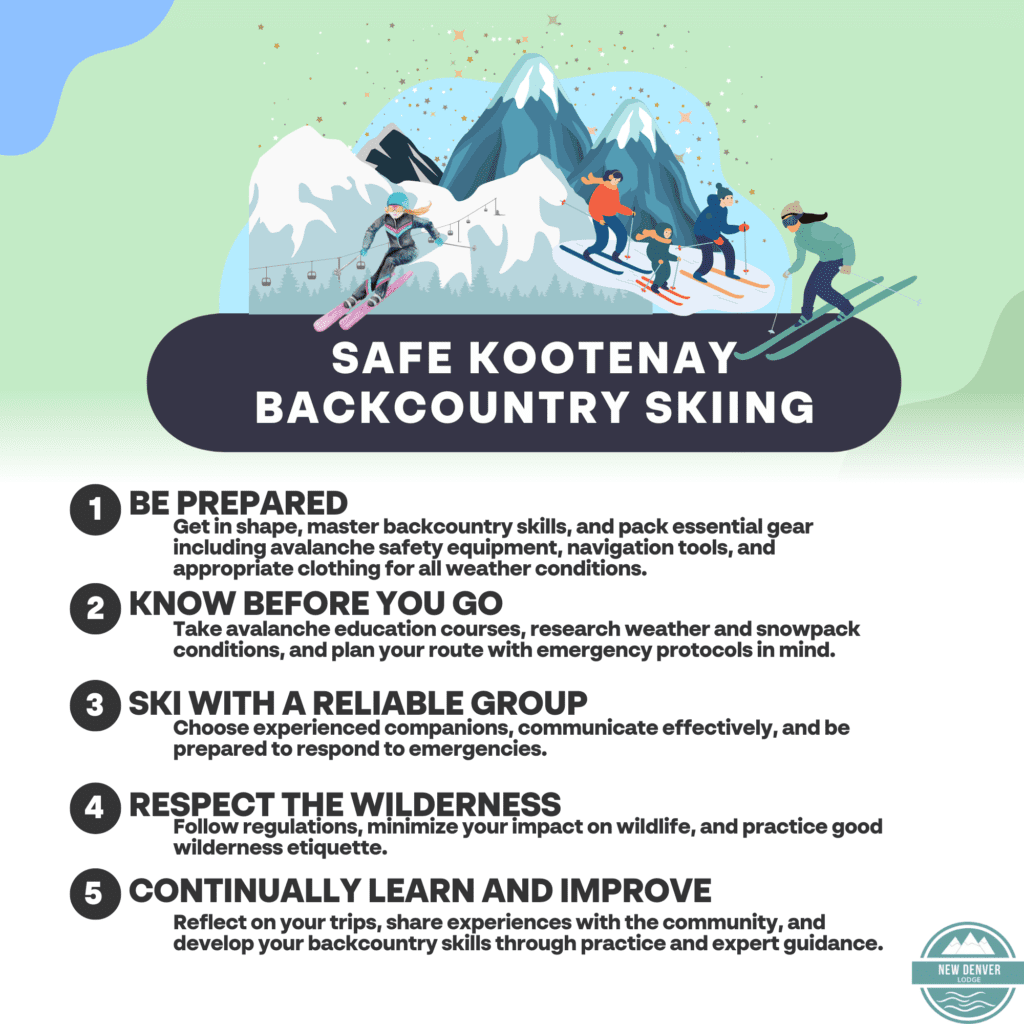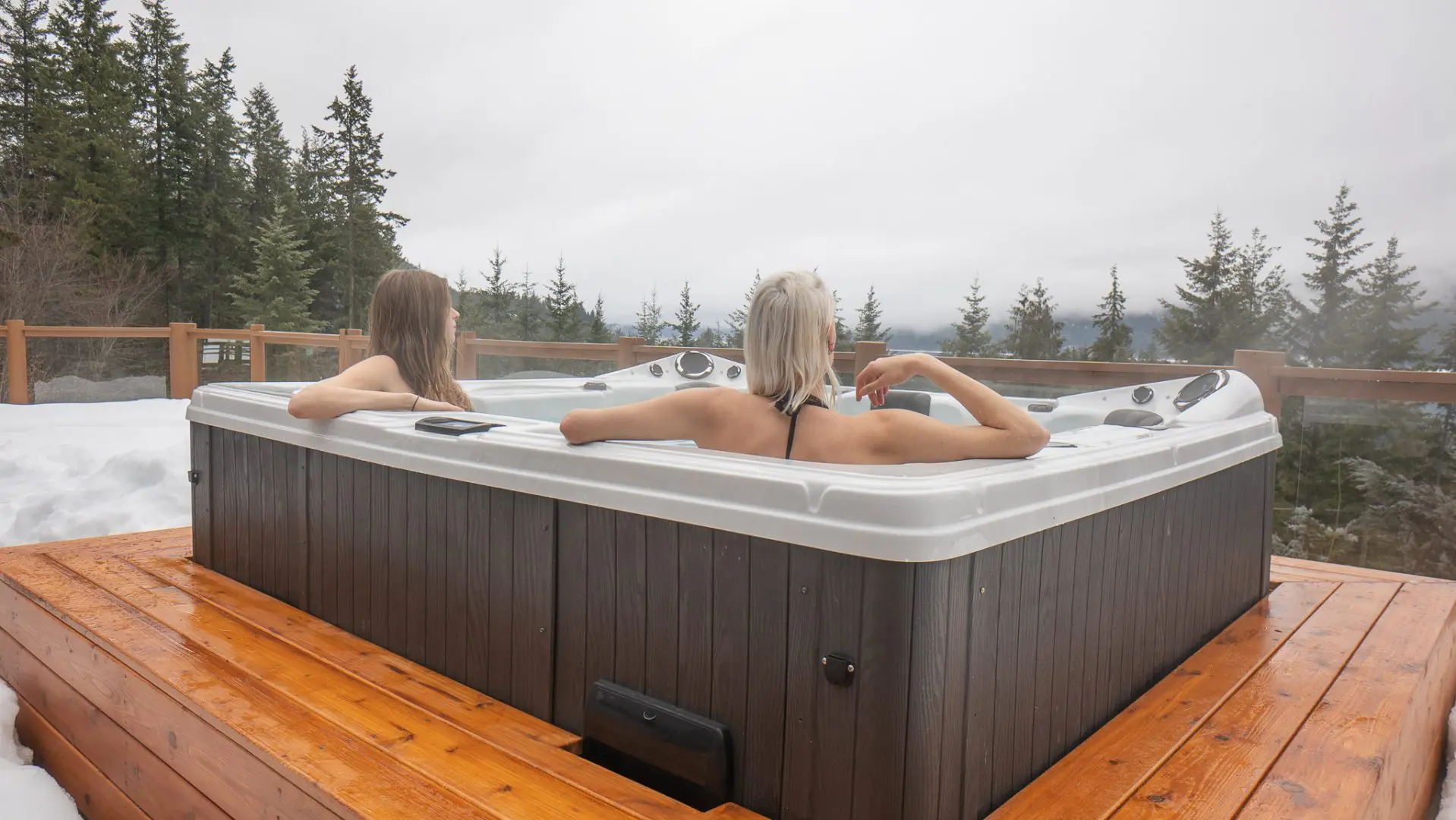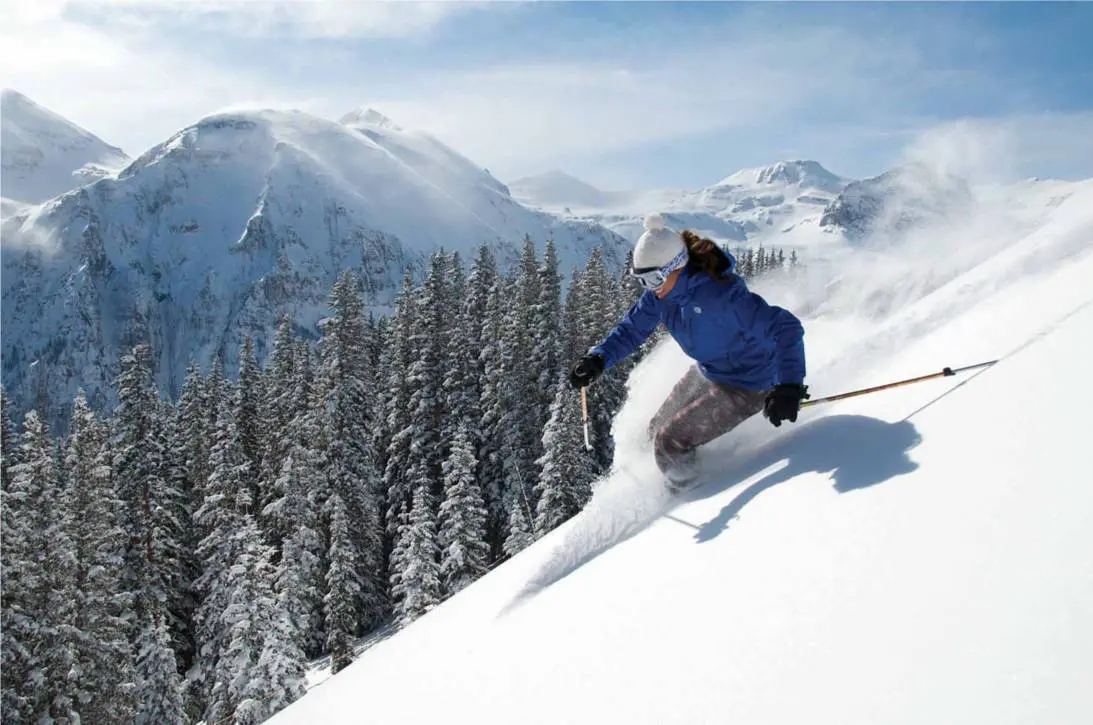Nestled within the heart of British Columbia, Canada, the Kootenay region unfolds as a captivating winter wonderland, offering an escape into its untouched, snow-covered landscapes.
Kootenay backcountry skiing stands out as a premier activity for adventurers seeking solitude away from bustling ski resorts. With its unique blend of challenges and exhilaration, this guide aims to equip enthusiasts with essential knowledge for a safe and unforgettable adventure.
Understanding Kootenay Backcountry
Backcountry skiing in Kootenay entails navigating through unmarked, un-patrolled, and often remote mountainous terrains. This absence of infrastructure underscores the importance of self-reliance and meticulous preparation for every skier’s safety.

Comprehensive Backcountry Preparation
- Physical Readiness & Skill Mastery: Before venturing into the wilderness, ensuring physical fitness and mastering skiing skills is crucial. Backcountry skiing demands comfort and proficiency in various snow conditions and terrains, including adeptness in kick turns and tree skiing.
- Equipment Essentials: A comprehensive checklist is your lifeline. Beyond standard skiing gear, include avalanche safety equipment like a beacon, probe, and shovel. Navigation tools such as a topographic map, compass, and GPS are indispensable for finding your way.
- Weather Adaptability: Weather in the Kootenay backcountry can change with little warning. It’s vital to prepare for all conditions by dressing in layers and carrying waterproof gear. Understanding and anticipating weather changes can significantly influence your safety and enjoyment.
- Hydration & Nutrition: Physical exertion at high altitudes demands proper hydration and nutrition. Pack sufficient water and high-energy foods that can be consumed quickly on the move. Consider the use of hydration packs for easy access to water.
Wilderness Navigation and Safety
- Utilizing Advanced Navigational Tools: Proficiency with navigation tools is not just an advantage—it’s a necessity. Learn to effectively use GPS devices and apps designed for backcountry pursuits. These tools not only guide your path but also help track your journey, crucial during unexpected weather changes or emergencies.
- Avalanche Education: Avalanche safety courses are indispensable, teaching crucial skills like recognizing potential avalanche terrains and using rescue equipment effectively.
- Continuous Monitoring and Adaptation: The dynamics of snow and weather demand continuous observation. Update your knowledge with real-time avalanche reports and weather forecasts throughout your trip. Understanding the nuances of snowpack and terrain can help in identifying potential avalanche hot zones.
- Practical Drills and Preparedness: Regularly practice with your avalanche safety equipment. Drills should include how to efficiently locate a buried beacon and swiftly use a probe and shovel for rescue operations. Such rehearsals can dramatically improve response times in actual emergencies.
Group Dynamics and Safety:
- Choosing Companions Wisely: The importance of a reliable, well-informed, and communicative team cannot be overstated. Each member should share a commitment to safety, possess a similar skill level, or be willing to accommodate slower members. Communication within the group is crucial, especially in areas susceptible to separation.
- Emergency Protocols: Develop and share a comprehensive emergency response plan before departure, including potential rendezvous points if separation occurs. Include details such as emergency contact numbers, expected return times, and the local search and rescue procedures.
Legal and Ethical Considerations:
- Adhering to Local and Federal Regulations: Stay informed about the latest regulations affecting backcountry skiing in Kootenay. Compliance with these laws protects you legally and ensures the ongoing health of this incredible natural resource.
- Ethical Interactions with Wildlife: Encounters with wildlife are a possibility in the Kootenay region. Educate yourself and your group on how to behave responsibly around wildlife, maintain a safe distance, and don’t feed or provoke animals.
Embarking on Your Journey
- Choosing the Right Base: Selecting a comfortable base like the New Denver Lodge can enhance the experience. With cozy accommodations and expert advice readily available, skiers can focus entirely on the adventure that awaits.
Reflecting and Learning
- Post-Trip Insights: After each trip, take time to reflect on the experience with your group. Understand what worked well and areas for improvement to enrich future adventures, fostering a continuous learning journey.
- Sharing Experiences: Sharing your experiences through social media or backcountry skiing forums allows you to document your journey and helps build a community of informed and safety-conscious skiers.
Enhancing Your Backcountry Skills
- Advanced Skiing Techniques: To tackle the diverse terrains of the Kootenay backcountry, skiers should master advanced techniques such as skiing in deep powder, maneuvering in tight spaces, and controlling speed on steep descents. Consider taking advanced skiing courses offered by experienced backcountry instructors.
- Physical Conditioning: Regular physical conditioning is crucial. Focus on strengthening leg muscles and improving stamina through aerobic exercises. This approach will assist in handling extended periods of skiing or snowboarding and minimize the likelihood of getting hurt.
Building a Supportive Community:
- Joining Skiing Communities: Connect with local and online backcountry skiing communities to share tips and experiences.
- Updates about Conditions: Community insights can provide valuable information and enhance your preparedness.
- Learning from Experts: Whenever possible, join guided tours or workshops led by experts. These can provide hands-on learning about the terrain, conditions, and best practices for backcountry skiing.
Safety Beyond Skiing:
- Wilderness Survival Skills: Besides skiing proficiency, backcountry adventurers should have basic wilderness survival skills. This encompasses skills such as constructing a shelter, igniting a fire even in damp conditions, and signaling for assistance.
- Mental Preparedness: Mental toughness is as important as physical preparation. The ability to stay calm under pressure, make rational decisions, and maintain a positive mindset can make a significant difference in emergency situations.
Leveraging Technology
- Using Technology Wisely: While technology such as GPS and avalanche transceivers are invaluable, it’s essential to stay on top of electronic devices. Battery life can be unpredictable in cold weather, and devices can fail. Always have a manual backup, such as a traditional compass and physical map.
The Return Journey
- Plan Your Exit Strategy: Always have a clear plan for your return, including timing, the expected condition of exit paths, and alternative routes in case of sudden weather changes or other contingencies.
- Debrief and Feedback: After the journey, organize a review meeting to talk about the successes and areas for enhancement. Provide feedback to local authorities or communities about trail conditions or potential hazards you encountered.
Conclusion
Venturing into Kootenay Pass backcountry skiing is an adventure that promises both beauty and challenges. By approaching it with preparation, respect for the natural environment, and a commitment to learning, skiers can safely explore one of the most exhilarating aspects of winter sports.
Ready to take on the backcountry? Ensure your journey is informed, equipped, and inspired by the highest standards of backcountry practices.
Experience the thrill of Kootenay backcountry skiing with New Denver Lodge today!







